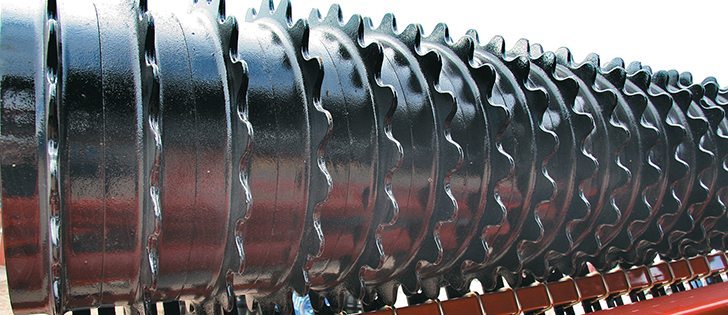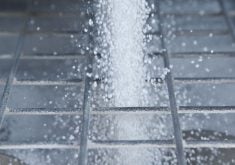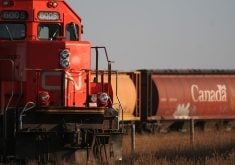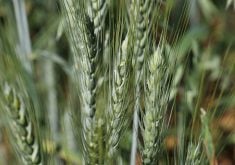Company has been breaking up soil clods since the mid 1980s, but has yet to make an impression in the West
Farmers have been bombarded with soil conservation messages since the Dirty Thirties.
So, does the Brillion Soil Pulverizer go against the grain of those messages?
At first glance, the obvious answer is that pulverizing clods and clumps of soil and burying residue might be the worst thing farmers can do if they want to reduce the risk of wind and water erosion.
But Brillion says there is a soil managment concept few people take into account: the volume of soil and amount of nutrients locked within a clod.
Read Also
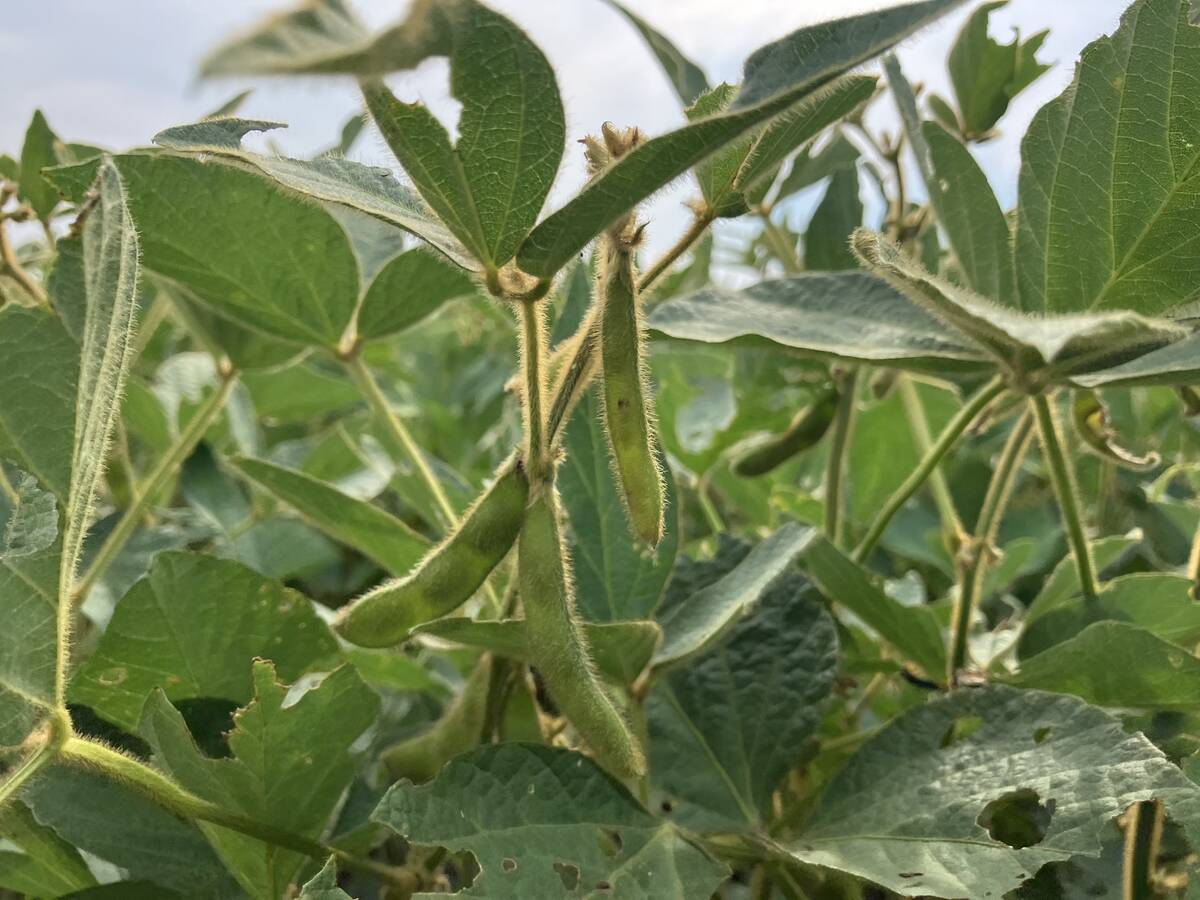
Soybean market still figuring out implications of China-U.S. pact
Soybean futures had a muted reaction to the U.S. trade deal with China as the market tries to figure out the nuances of the deal.
A hypothetical small square chunk of soil that measured exactly four inches by four inches by four inches would contain 64 cubic inches of soil.
That’s approximately the combustion chamber volume of a medium size snowmobile or motorcycle, so it’s no big deal. After all, how much grain can be grown in 64 cubic inches of soil?
However, farmers face a potential loss of hundreds of cubic yards of soil when looking at hundreds of thousands of these clods per acre.
“A clod doesn’t produce anything, regardless of how good the soil is. It’s wasted soil,” said Mike Irish, a Brillion representative.
“You have soil microbes in there and nutrients you’ve already paid for. If you’re going to get any value from these things, you’ve got to bust up those clods.”
The Brillion factory in Brillion, Wisconsin, has been turning out a variety of Pulverizers since 1985, not many of which have shown up on the Canadian Prairies.
“We sell a lot of Pulverizers over in Ontario and Quebec, in those heavy corn growing areas,” said Irish.
“Not many out there in the West yet.”
The Pulverizer is similar in concept to the big rollers used by farmers on the Canadian Prairies, he added.
“Our wheels break up the clods, but one of the big differences is the notches we have on our steel wheels. These notches pin the residue into the soil instead of just flattening it onto the surface,” he said.
“You’re close to North Dakota, so you can see that a lot of North Dakota farmers are buying the Brillion Pulverizer versus a large roller. They know a big roller doesn’t pin the corn stalks. The stalks move off the field in a heavy rain or heavy wind.”
Irish said the normal procedure in most regions is to run a field cultivator or disc in tandem in front of the Pulverizer, although the large 46 foot Pulverizer is usually pulled alone.
Even without a cultivator, the Pulverizer knocks all the soil off a B.t. corn root ball and pushes it level with the surface.
The best Pulverizer results in prairie demonstrations were obtained when pulling the machine behind a tandem disc, said Todd Botterill, a Brillion representative for the Canadian Prairies.
“If you take a Brillion Pulverizer pulled behind a tandem disc and run that setup beside a new compact disc like a Lemken, you’d be hard pressed to tell which was which,” said Botterill.
“But you can buy the tandem disc along with the Pulverizer for a lot less money than the Lemken. People try to compare it to a regular land roller, but it’s a different kind of machine. A roller leaves a smooth surface that lets water run off the field and make little streams on the surface. What we’ve seen in demos is that the notches leave little divots on the soil surface. They catch the rain instead of letting it run off. It’s like little dimples to catch the rain so it infiltrates the soil.”
Farmers have found that the Brillion machine can plug in wet conditions with large amounts of green residue and green straw. As well, setting the scraper close enough to remove the trash may cause the steel wheel to skid. If the scraper isn’t close enough, the residue builds up on the wheel and plugs against the frame.
The field trials also found that the Pulverizer is a good soil management tool but not a good residue management tool. It’s not capable of burying a lot of trash unless a cultivator has run the field first.
He said a lot of U.S. farmers use it immediately after seeding to pack the soil, leave the surface dimples to catch rain water and improve seed to soil contact. Although not as heavy as the large rollers common to the Canadian Prairies, the Pulverizer will nonetheless push stones down in to the ground on fields that will be cut low.
Botterill said a 44 foot Pulverizer will list for $32,634.
For more information, contact Todd Botterill at 204-267-2729 or visit www.brillionfarmeq.com.
ron.lyseng@producer.com


